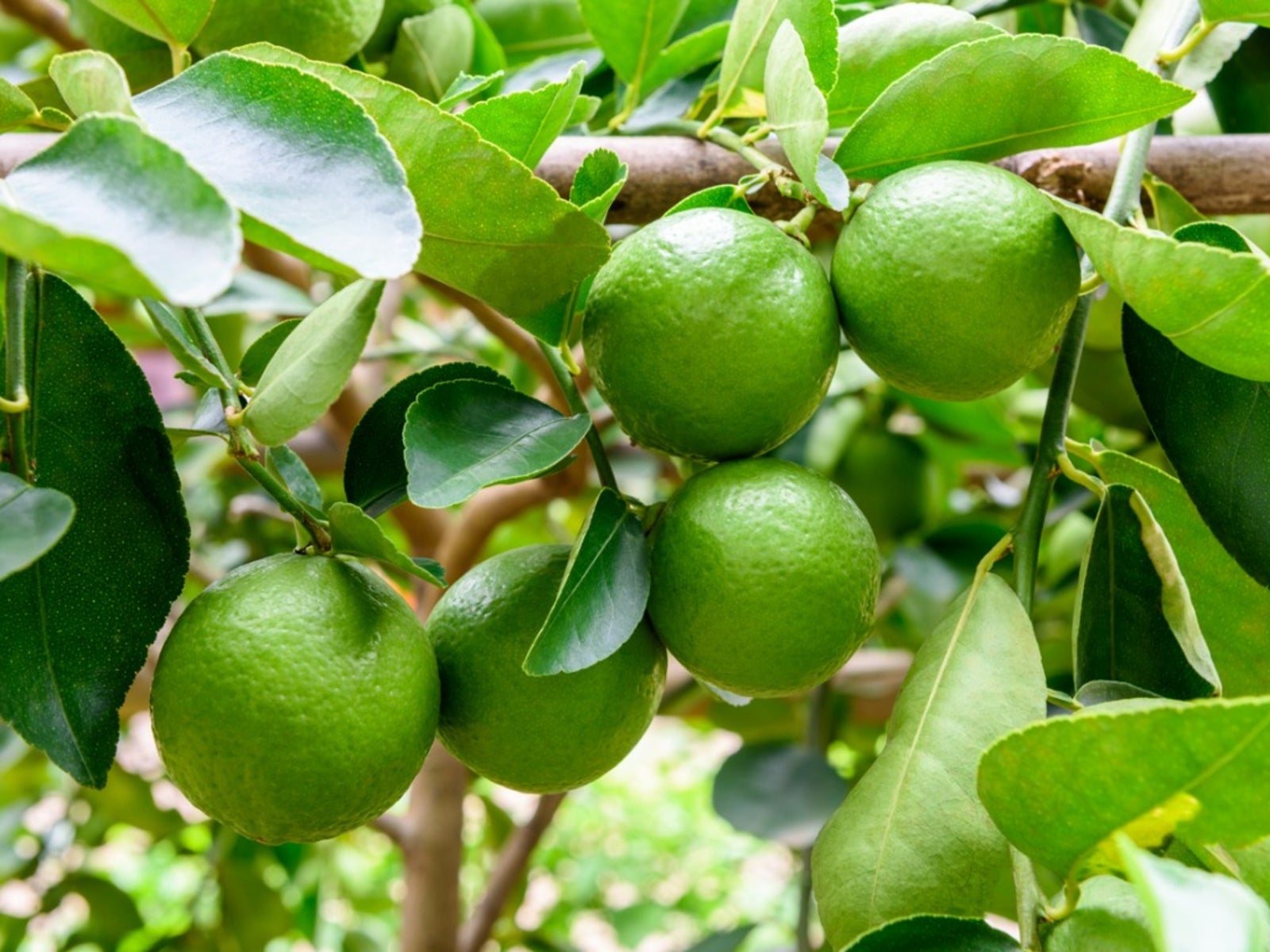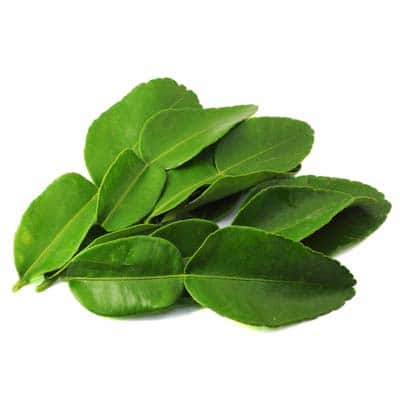Little Lime: The Mighty Microfruit
Little Lime: The Mighty MicroFruit
Limes are a small but mighty fruit. They're packed with nutrients, they're versatile in the kitchen, and they have a refreshingly tart flavor that can brighten up any dish.
In this blog post, we'll take a closer look at the little lime, exploring its history, its nutritional benefits, and its many uses. We'll also share some fun facts about limes that you may not know.
History of Limes
Limes are thought to have originated in Southeast Asia, and they've been cultivated for thousands of years. The first mention of limes in Western literature dates back to the 1st century AD, when the Roman naturalist Pliny the Elder wrote about them.
Limes were introduced to Europe in the Middle Ages, and they quickly became popular for their medicinal properties. In fact, the word "lime" comes from the Old English word "læima," which means "to cleanse."
Limes were also brought to the Americas by Spanish explorers in the 16th century. They quickly became an important crop in the Caribbean and Mexico, and they were eventually introduced to other parts of the world.
Nutritional Benefits of Limes
Limes are a good source of vitamin C, potassium, and fiber. They also contain small amounts of other vitamins and minerals, including vitamin A, vitamin B6, and magnesium.
Vitamin C is an antioxidant that helps protect the body against damage from free radicals. Potassium is important for heart health and blood pressure regulation. Fiber is essential for digestive health.
Limes also contain citric acid, which gives them their tart flavor. Citric acid has antimicrobial properties that can help to fight off infection.
Uses of Limes
Limes are used in a variety of dishes, both savory and sweet. They're a popular ingredient in Mexican, Caribbean, and South Asian cuisine. Limes are also used in drinks, such as margaritas, mojitos, and lemonade.
Lime juice is a versatile ingredient that can be used for a variety of purposes. It can be used to add flavor to food, to preserve food, and to clean surfaces.
Fun Facts about Limes
- The lime tree is a member of the citrus family, along with oranges, lemons, and grapefruits.
- The scientific name for the lime tree is Citrus aurantifolia.
- The lime is the national fruit of Jamaica.
- Limes are used to make the liqueur called limoncello.
- Limes are a good source of antioxidants, which can help protect the body against damage from free radicals.
- Lime juice can be used to clean surfaces, such as countertops and cutting boards.
Conclusion
Limes are a small but mighty fruit that offers a variety of health benefits and culinary uses. They're a good source of vitamin C, potassium, and fiber, and they have a refreshingly tart flavor that can brighten up any dish.
So next time you're looking for a way to add some flavor and nutrition to your meal, reach for a lime. You won't be disappointed.
If you're curious about what "little lime" is, I suggest you visit . This website has a wealth of information about little lime, including its history, uses, and benefits. You'll also find recipes, gardening tips, and even a forum where you can connect with other little lime enthusiasts.
Little lime is a type of limestone that is found in many parts of the world. It is a soft, white rock that is easily crushed. Little lime has been used for centuries for a variety of purposes, including building, agriculture, and medicine.
In recent years, little lime has become increasingly popular as a natural remedy. It is said to have a variety of benefits, including:
- Improving digestion
- Soothing sore throats
- Reducing inflammation
- Boosting immunity
If you're interested in learning more about little lime, I encourage you to visit . This website is a great resource for information about this versatile and beneficial rock.
FAQ of little lime
Question 1: What is Little Lime?
Answer: Little Lime is a type of hydrangea that is known for its small, lime-green flowers. It is a deciduous shrub that grows 3-5 feet tall and wide. Little Lime is hardy in USDA zones 3-8 and can be grown in full sun or partial shade. It is a relatively low-maintenance plant that is resistant to pests and diseases.
Question 2: How do I care for Little Lime?
Answer: Little Lime is a relatively easy plant to care for. It needs full sun or partial shade and moist, well-drained soil. Little Lime should be watered deeply once a week during the growing season. It is also a good idea to fertilize Little Lime once a year in the spring with a balanced fertilizer.
Question 3: How do I prune Little Lime?
Answer: Little Lime should be pruned in the spring. The best time to prune is before the plant starts to flower. Prune Little Lime by cutting back the stems by one-third. This will encourage new growth and promote flowering.
Question 4: What are some common problems with Little Lime?
Answer: Little Lime is a relatively problem-free plant. However, it can be susceptible to aphids, spider mites, and powdery mildew. If you notice any pests or diseases on your Little Lime plant, you can treat them with insecticidal soap or fungicide.
Question 5: What are the benefits of Little Lime?
Answer: Little Lime is a beautiful and low-maintenance plant that is perfect for adding color to your garden. It is also a relatively hardy plant that can withstand a variety of weather conditions. Little Lime is a good choice for both beginners and experienced gardeners.
Image of little lime
5 different images of "little lime" from Pinterest:




Post a Comment for "Little Lime: The Mighty Microfruit"